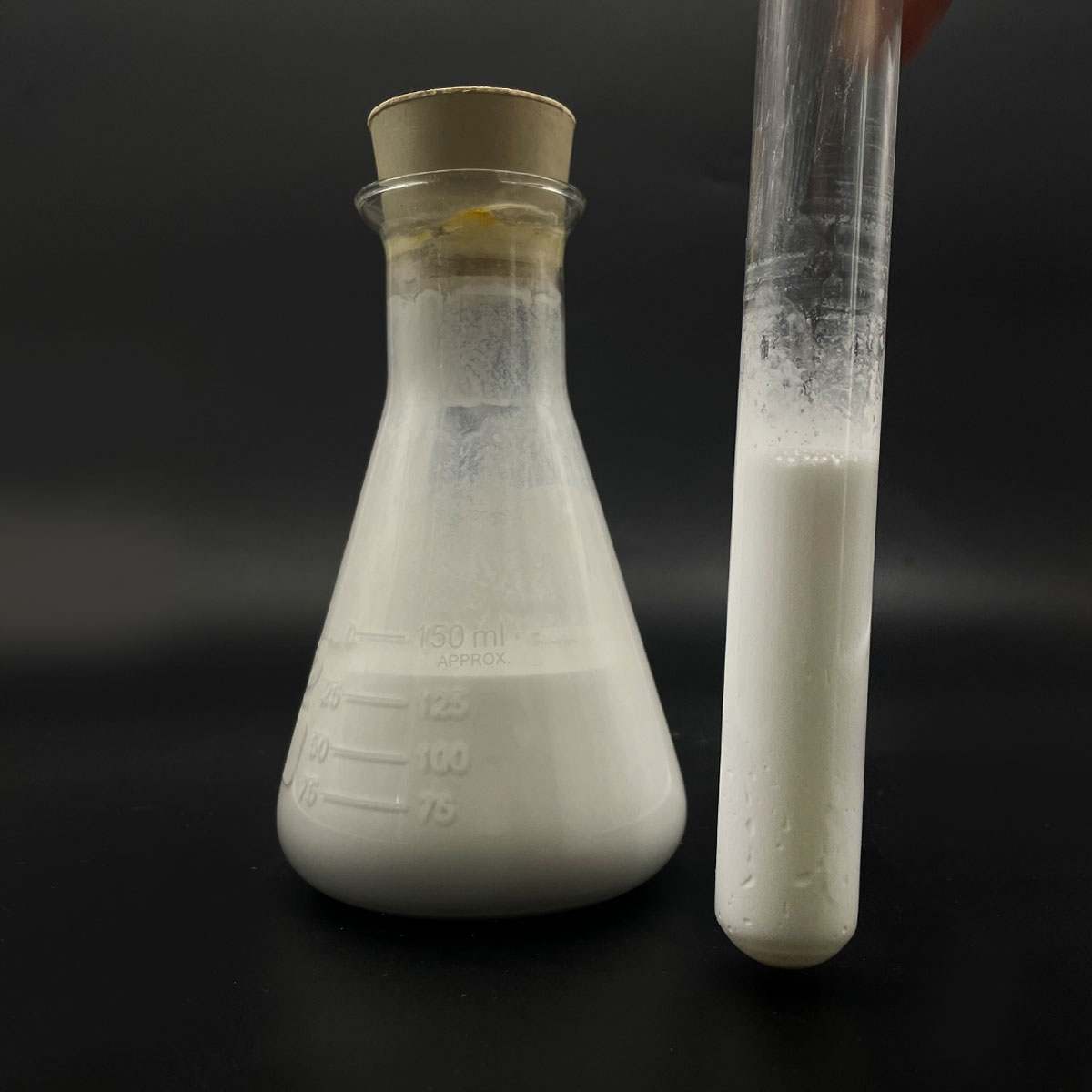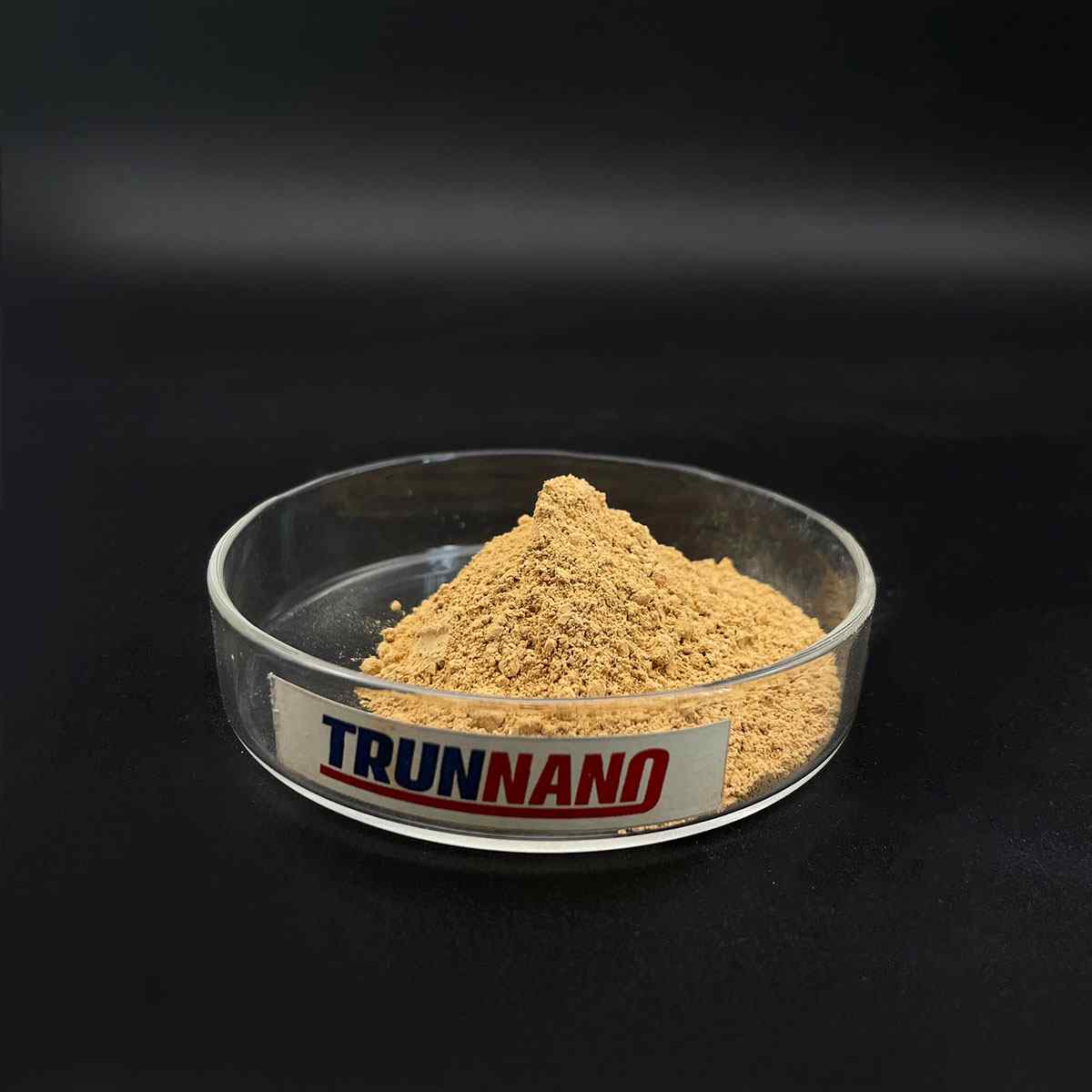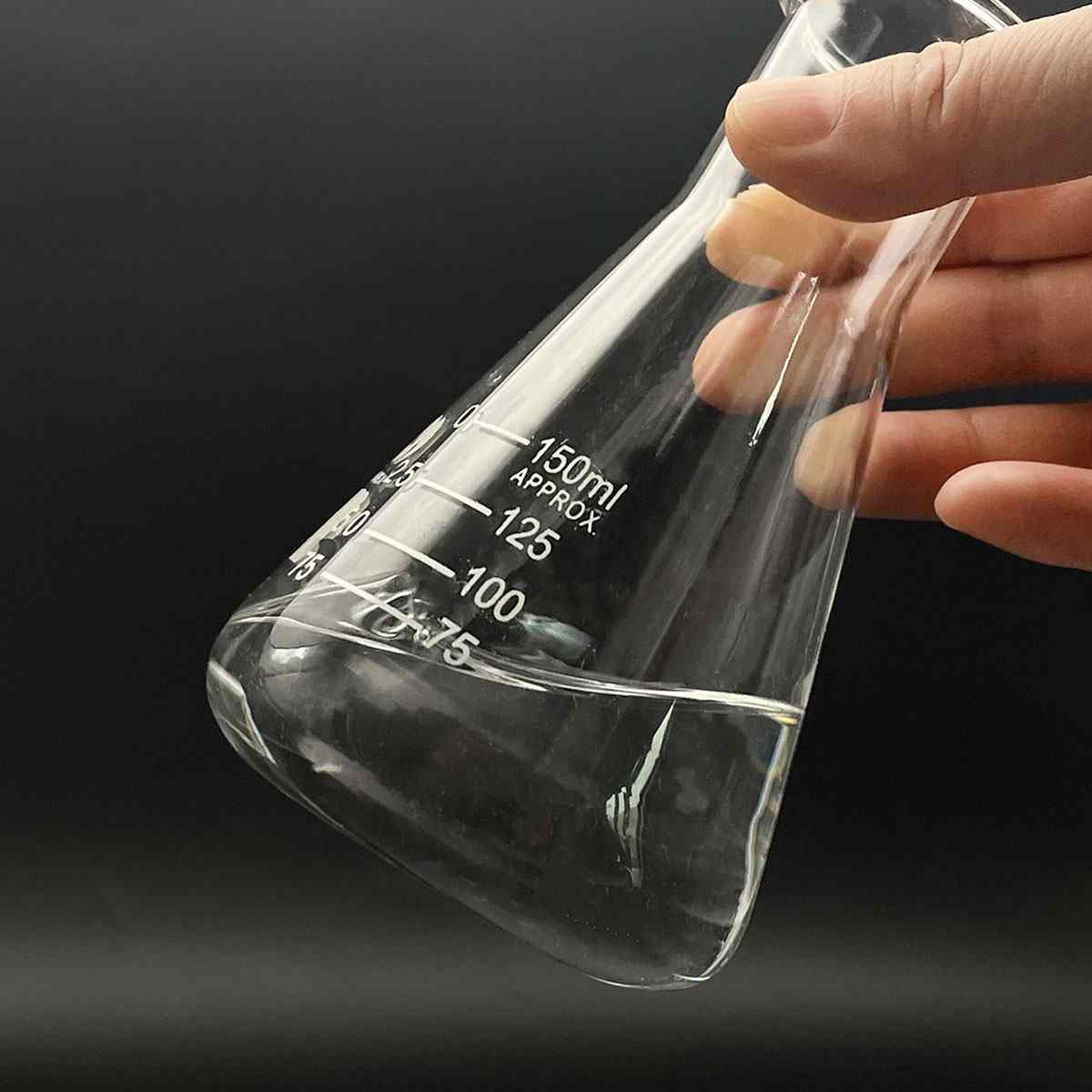Overview of High-quality 4N, 5N high-purity tin selenide powder SnSe 1315-06-6 granules
Telluride and selenide compounds play a significant role in the field of semiconductors, particularly in the development of advanced electronic and optoelectronic devices. These materials belong to the chalcogenide family, characterized by their ability to form compounds with elements from groups IV-VI in the periodic table.
Tellurides: Compounds containing tellurium (Te) as the chalcogen. Examples include cadmium telluride (CdTe), mercury telluride (HgTe), and zinc telluride (ZnTe). These materials have found applications in solar cells, infrared detectors, and high-speed electronics due to their tunable bandgap, high electron mobility, and good thermal stability.
Selenides: Similar to tellurides, but with selenium (Se) replacing tellurium. Notable examples are cadmium selenide (CdSe), gallium selenide (GaSe), and zinc selenide (ZnSe). Selenide compounds are widely used in light-emitting diodes (LEDs), laser diodes, and solar cells due to their direct bandgap properties and efficient light absorption/emission capabilities.
Feature of High-quality 4N, 5N high-purity tin selenide powder SnSe 1315-06-6 granules
Direct Bandgap: Many telluride and selenide semiconductors have direct bandgaps, which facilitate efficient light emission and absorption processes. This makes them suitable for optoelectronic applications such as LEDs and lasers.
Tunable Bandgap: The bandgap of these materials can be adjusted by alloying or altering the composition (e.g., CdSe to CdTe), enabling customization for specific device requirements across a wide spectrum of wavelengths.
High Electron Mobility: Materials like HgCdTe exhibit high electron mobility, which is crucial for high-speed electronic devices and low-noise detector applications.
Thermal Stability: Some tellurides and selenides, like ZnTe and ZnSe, demonstrate good thermal stability, making them suitable for high-temperature operation and processing.
Non-Toxic Alternatives: With increasing environmental concerns, there’s a push towards exploring less toxic alternatives to commonly used semiconductors. For instance, Cd-based tellurides and selenides are being replaced or combined with less toxic elements like Mg or Mn in some applications.

(High-quality 4N, 5N high-purity tin selenide powder SnSe 1315-06-6 granules)
Parameters of High-quality 4N, 5N high-purity tin selenide powder SnSe 1315-06-6 granules
Title: High-Purity Tin Selenide (SnSe) Powders and Granules: A Comprehensive Overview
Tin selenide (SnSe), with the chemical formula SnSe and the CAS number 1315-06-6, is a promising material that has garnered significant attention in various scientific disciplines, particularly in electronics, optoelectronics, and energy storage applications. This compound is composed of tin (Sn) and selenium (Se) atoms, forming a unique crystal structure that offers exceptional properties for modern technology.
4N and 5N tin selenide powders refer to the high purity grades, where “N” denotes the number of significant figures representing the level of impurities present. The ‘4N’ grade indicates that the material contains less than 0.01% impurities, while the ‘5N’ grade boasts an even higher purity, typically below 0.001%. These grades ensure a superior performance and reliability in devices, as impurities can significantly affect the material’s properties.
The powders are synthesized through a meticulous process, which may include sublimation, vapor deposition, or chemical reactions, depending on the desired particle size and morphology. The resulting particles are usually in the form of fine grains or nanoparticles, providing a large surface area that enhances reactivity and improves performance characteristics.
When it comes to the physical appearance, the 4N and 5N SnSe powders are generally characterized by their pale yellow or brownish color and non-crystalline or microcrystalline structure, depending on the preparation method. They are free from any specific format, allowing flexibility in processing and integration into various devices.
These high-purity tin selenide powders and granules exhibit unique electronic properties, such as semiconducting behavior with a tunable bandgap, making them suitable for applications like photodetectors, solar cells, and thermoelectric generators. The excellent thermal conductivity and low lattice thermal expansion coefficients make SnSe attractive for thermoelectric devices, which convert waste heat into electricity.
Moreover, SnSe has shown promise in hydrogen evolution reactions (HER) and oxygen evolution reactions (OER), contributing to the development of advanced electrocatalysts for water splitting and energy storage systems. Its stability under various conditions and compatibility with other materials make it a promising component in next-generation energy technologies.
In addition to its electronic and catalytic properties, the high-purity tin selenide powders and granules also find applications in optoelectronics due to their strong absorption in the visible light range. They can be used in light-emitting diodes (LEDs), solar concentrators, and optical sensors.
In summary, high-quality 4N and 5N tin selenide powders and granules, with their exceptional purity and versatile properties, are driving innovation in numerous fields, including electronics, energy, and environmental technologies. Their potential for customization and integration into various devices makes them an essential material for the future of sustainable and advanced technological advancements.

(High-quality 4N, 5N high-purity tin selenide powder SnSe 1315-06-6 granules)
FAQ of Semiconductor Materials
Inquiry us






